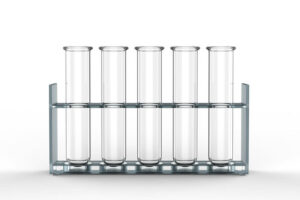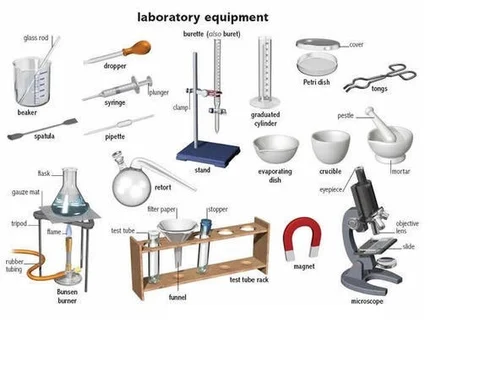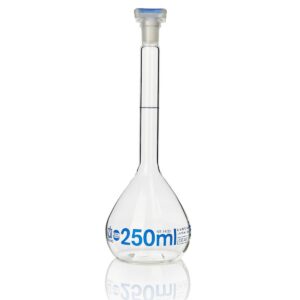School Science laboratory Equipment list and uses:
In every School Science laboratory Equipment list and uses, a variety of essential equipment plays a crucial role in enabling hands-on learning and fostering scientific exploration. Whether in physics, chemistry, or biology labs, these tools allow students to perform experiments, analyze data, and gain a deeper understanding of scientific concepts. In this guide, we will explore the most common pieces of school science laboratory equipment and their uses, highlighting how each tool contributes to creating a safe and effective learning environment.
For many students, one of the most exciting aspects of school is the opportunity to explore and learn about science laboratory equipment. During grades 5 to 8, students become familiar with essential lab apparatus and their functions. These tools are the foundation of every laboratory, whether in schools, colleges, research facilities, or medical labs.
Here’s a detailed guide to our Lab Equipment Package, designed for 40 students, aligned with school board curricula for easy affiliation (CBSE/ICSE/Other).
Let’s take a closer look at 20 common pieces of school science laboratory equipment and their uses!
1. Microscope:
A microscope is an essential tool in the biology laboratory. The simple light microscope, also known as a compound microscope, is commonly used in schools and colleges. It utilizes natural or artificial light along with a series of magnifying lenses to examine small specimens. Below, you’ll find a schematic diagram of a compound microscope detailing its various parts.

A microscope works by utilizing the refraction of light, specifically how convex lenses bend it. Typically, it uses two lenses: the objective and the eyepiece (oculus). The objective lens is positioned near the sample, creating a magnified virtual image. The eyepiece, located near the viewer’s eye, enlarges this image even further, allowing us to see a highly magnified view of the sample.
2. Test tubes:
A widely used piece of laboratory equipment is the test tube. Typically made of glass, test tubes have a cylindrical shape with an open top and a rounded bottom. They vary in size, but the most common standard dimension is 18×150 mm. Test tubes play a crucial role in the lab, serving multiple purposes from storing samples to mixing chemicals for reactions in both biological and chemical experiments.

Test Tube – Lab Equipment
While test tubes come in various sizes and materials, including plastic ones commonly used in medical labs, the glass version is the most prevalent. In medical settings, you might also encounter specialized collection tubes, especially when providing blood samples for tests.




